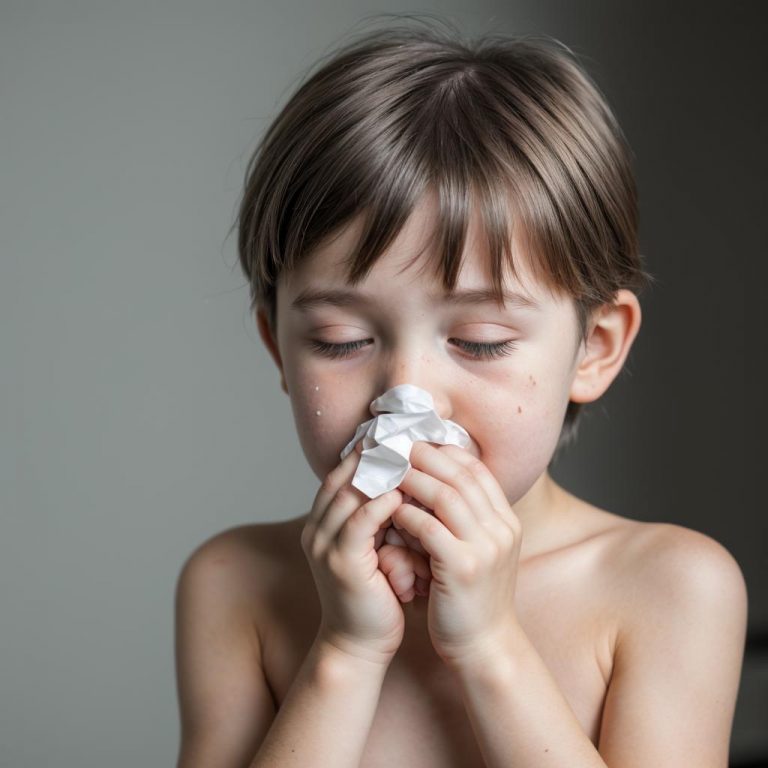
Austin, Texas, renowned for its vibrant culture and beautiful outdoor spaces, also experiences its fair share of seasonal allergies.
As pollen counts fluctuate throughout the year, many residents find themselves battling sneezing, itching, and congestion. Understanding the allergens prevalent in Austin and adopting effective management strategies are essential for mitigating symptoms and enjoying all that this city has to offer.

The allergy landscape in austin
Austin’s climate fosters a diverse range of allergens, with pollen being one of the primary culprits. Spring brings a surge in tree pollen, with oak, cedar, and elm trees releasing abundant amounts into the air. As temperatures rise into the summer months, grass pollen becomes more prevalent, exacerbating symptoms for many individuals. Additionally, mold spores thrive in Austin’s humid conditions, particularly after rainfall, further contributing to allergic reactions.
Monitoring allergy levels
Staying informed about current allergy levels is crucial for individuals susceptible to seasonal allergies. Various resources provide up-to-date pollen counts and air quality indexes specific to the Austin area. Online platforms, local news stations, and mobile applications offer convenient access to this information, allowing individuals to plan outdoor activities accordingly and take preventive measures when allergen levels are high.
Managing seasonal allergies
While it may be challenging to completely avoid allergens, several strategies can help minimize exposure and alleviate symptoms:
Limit outdoor exposure:
During peak pollen seasons, especially on windy days, it’s advisable to limit outdoor activities, particularly in the early morning and late afternoon when pollen levels tend to be highest.
Keep indoor environments clean:
Regularly dusting surfaces, vacuuming carpets, and using high-efficiency particulate air (HEPA) filters in air conditioning systems can reduce indoor allergen levels and provide relief for allergy sufferers.
Use allergy-relief products:
Over-the-counter antihistamines, nasal sprays, and eye drops can effectively alleviate symptoms such as sneezing, itching, and congestion. It’s essential to consult with a healthcare professional to determine the most suitable treatment plan.
Practice nasal irrigation:
Rinsing the nasal passages with a saline solution can help flush out allergens and alleviate congestion. Neti pots or saline nasal sprays are commonly used for this purpose.
Consider allergy immunotherapy:
For individuals with severe or persistent allergies, allergy immunotherapy, such as allergy shots or sublingual tablets, may offer long-term relief by desensitizing the immune system to specific allergens. A consultation with an allergist can help determine the suitability of this treatment option.
Living in Austin provides numerous opportunities for outdoor enjoyment, but seasonal allergies can pose challenges for many residents. By understanding the allergens prevalent in the area, monitoring pollen levels, and adopting effective management strategies, individuals can minimize symptoms and make the most of their time in this vibrant city. With proper precautions and proactive measures, allergy sufferers can navigate Austin’s seasons with greater comfort and enjoyment.



